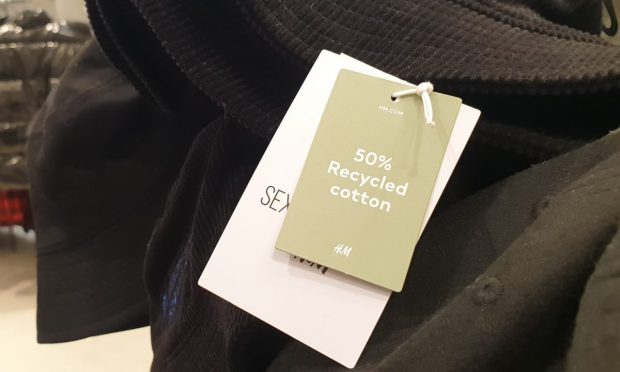Sephora, H&M Sustainability Programs Bet on In-Store Traffic and Sales

While Sephora and H&M are just two of the biggest names in the retail industry, they’re also at the forefront of sustainability initiatives which are not only aligning with customer values but they’re also driving customers back in-store.
Sephora has launched a program called Beauty (Re)Purposed, which aims to tackle the challenge of hard-to-recycle packaging waste in the beauty industry. H&M, on the other hand, has launched Close the Loop, a program that allows customers to bring their unwanted clothing to any in-store recycling bin and receive a coupon to use towards their next purchase.
Both of these programs are not only commendable for environmental reasons but also from a business standpoint. The programs are designed to drive in-store traffic and additional sales, as customers are encouraged to visit physical stores to participate.
Beauty Products Get a Second Life
Sephora’s take-back program called Beauty (Re)Purposed in partnership with Pact Collective aims to tackle the challenge of hard-to-recycle packaging waste in the beauty industry, and the initiative will be implemented in all of Sephora’s 600 stores in the United States and Canada.
According to the National Oceanic and Atmospheric Administration, certain plastic items can persist in marine environments for hundreds of years, and the Environmental Protection Agency approximates that only about 9% of plastic is recycled in the United States. For instance, plastic bottles can last up to 450 years.
The director of sustainability at Sephora, Desta Raines, explained that discarding beauty packaging can be a challenge for many consumers. Thus, Sephora aimed to collaborate with a partner that shares similar values to help educate clients and the beauty industry at large in making the process more accessible for everyone.
Consumers looking to take advantage of the program can do so by cleaning out their products at home to ensure that the packaging is unbagged, free of liquids or products, and clean. After that, they can drop off their empties in-store.
In-Store Approach Drives Traffic
The program responds to a growing demand from consumers for sustainability. In fact, 51% of consumers rank sustainability as a top value driver.
Although the mission of creating sustainability within Sephora’s business model is commendable, it appears to be more strategic than simply aligning with customer values to promote environmental conservation.
When customers bring in their empty beauty products back to Sephora, the likelihood of them browsing and shopping increases. To capitalize on this opportunity, Sephora could offer promotions or incentives to customers who participate. By providing these incentives, Sephora can encourage customers to make a purchase they might not have otherwise made.
H&M’s Recycling Program Impact
The program is similar to H&M’s Close the Loop initiative, which allows customers to bring their unwanted clothing to any in-store recycling bin and receive a coupon toward their next purchase,
Since the launch of its program in 2013, the fast-fashion retailer claims to have received over 155,000 tons of textiles.
“In a circular fashion industry, recycling is only the final loop, not the entire solution. At H&M Group, we are changing the way we design our products and introducing new circular business models to extend the lifetime of our products and materials. We always advocate using textiles more by repairing, reusing and remaking them, before recycling,” said H&M on its company page.
That said, H&M has also expanded its recycling capabilities to incorporate reusing, repurposing and recycling techniques. The retailer also introduced a joint venture in early 2023 with garment collecting partner Remondis to collect and sort used and unwanted textiles for resale and recycling.
H&M has a goal to use at least 30% of recycled products in its products within the next two years. In 2022, the retailer reported having at least 24% of used materials incorporated into its products.
Sustainability Can Be Profitable
Sustainability initiatives don’t have to be a luxury investment or a public relations device. In fact, sustainability can be a profitable strategy if organized effectively.
Among retailers and consumer-goods manufacturers, commitment to environmental and social objectives can take many forms, such as distributing fair-trade products, reducing materials used in packaging, or ensuring humane working conditions at suppliers’ factories. Unilever, for instance, has a detailed Sustainable Living Plan, and one of the company’s goals for 2020 was to halve the environmental impact of its products.

